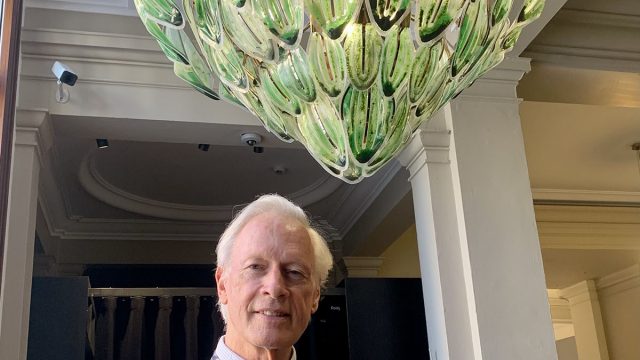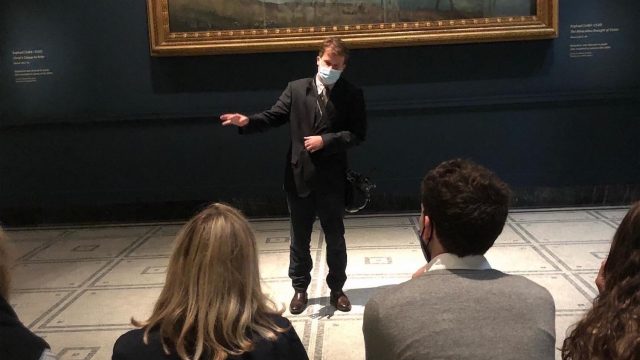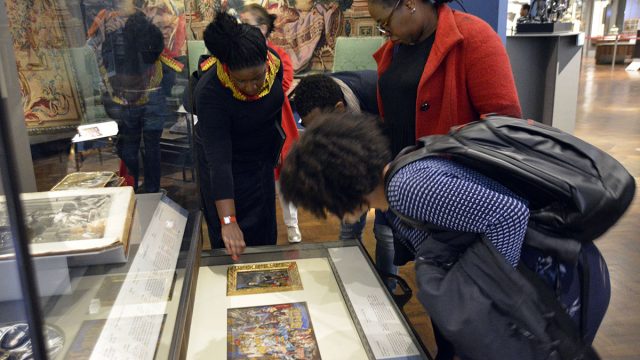
Hi, my name is Janine Georg and I would like to share my passion for the 20th century Hungarian abstract painter and photographer, László Moholy-Nagy.
Moholy-Nagy was a versatile artist and prolific writer. The media he engaged with were photography, film, typography, advertisement and painting. In each of these genres he excelled through his keen perception of new materials and technology, as well as his urge to explore these deeper. He taught at the Bauhaus design school, and promoted the use of new technology into art. Moholy, as he preferred to be called by his students, created his art as a response to the increasing advances in technology, arguing that mankind could only progress and evolve by embracing new technologies.

The brochure for the Bauhaus school is an excellent example of Moholy’s new approach to art. The clear geometric shapes and lines are typical of Moholy, whose creations of imagery were indebted to Constructivism and Cubism.
In 1927 Moholy published ‘Malerei, Fotografie, Film’ (Painting, Photography, Film), in which he argues that the ‘culture of light’ will take over traditional painting. He understood that the ‘seen’ could not be ‘unseen’ and the ‘learnt’ could not be ‘unlearnt.’ Moholy claimed that in order for humans to master the future, technology needed to be embraced fully. The invention of the camera had inevitably changed humankind. It is the medium of the future. Given this, Moholy stated that, not knowing how to use a camera would be the 20th century’s form of illiteracy.

The image above, entitled ‘Leda und der Schwan’, is a photograph of a photomontage named after the Greek myth ‘Leda and the Swan’, in which Zeus appears to Leda in the form of a swan and seduces her, resulting with the birth of ‘Helen of Troy’. Again, you can see how Moholy constructs his image with clear lines and simple forms. For Moholy, in order to understand space, one must understand light. He used photosensitive paper and deconstructed the process of photography by removing the camera. Moholy referred to this process as ‘making notes with light’. He opposed his contemporary Walter Benjamin on the theory that art by the means of mechanical reproduction loses its aura.

As the political climate in Germany rapidly deteriorated, Moholy quit his job at the Bauhaus school in 1928, and travelled to London in 1930. During his time in London he created the colour lithograph poster (above) for the London Underground, praising its new pneumatic doors.
Moholy finally moved to Chicago in 1937, where he was offered the directorship at the New Bauhaus school in Chicago. Only nine years later, Moholy tragically died from leukaemia.
His art examined how humans perceived space; for example, through the media of light, sound, hearing and equilibrium, as well as through vertical, horizontal and diagonal motion. Ultimately, Moholy was convinced that art could teach humanity a new vision.


